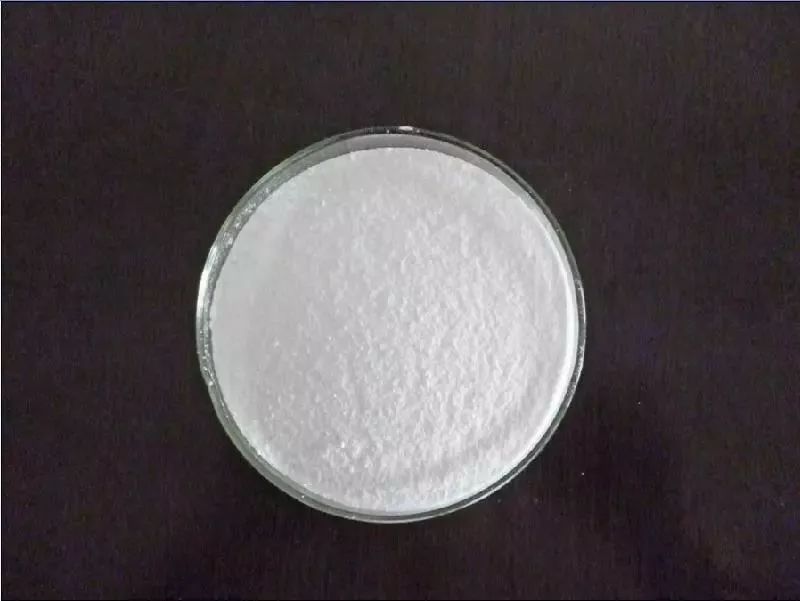Pesticide Adjuvants are auxiliary substances added during the processing or application of pesticide formulations to improve their physicochemical properties, also known as pesticide adjuncts. While adjuvants themselves generally have little to no biological activity, they can significantly influence the efficacy of pest control. With the widespread use and development of pesticide adjuvants, their variety has continued to expand, making the selection of the right adjuvant the second biggest challenge for farmers after choosing the pesticide itself.
1.Adjuvants That Aid in Active Ingredient Dispersion
·Fillers and Carriers
These are inert solid mineral, plant-based, or synthetic materials added during the processing of solid pesticide formulations to adjust the final product’s concentration or improve its physical state. Fillers are used to dilute the active ingredient and enhance its dispersion, while carriers also serve to adsorb or carry the effective components. Common examples include clay, diatomaceous earth, kaolin, and pottery clay.
Fillers are typically neutral inorganic substances such as clay, pottery clay, kaolin, diatomaceous earth, pyrophyllite, and talcum powder. Their primary functions are to dilute the active ingredient and adsorb it. They are mainly used in the production of powders, wettable powders, granules, and water-dispersible granules. The currently popular pesticide-fertilizer combinations (or “medicated fertilizers”) use fertilizers as carriers for pesticides, integrating the two to achieve a unified application.
Carriers not only dilute the active ingredient but also help adsorb it, playing a crucial role in formulation stability.
·Solvents
Organic substances used to dissolve and dilute the active ingredients of pesticides, facilitating their processing and application. Common solvents include xylene, toluene, benzene, methanol, and petroleum ether. They are primarily used in the formulation of emulsifiable concentrates (EC). Key requirements include strong dissolving power, low toxicity, high flash point, non-flammability, low cost, and wide availability.
· Emulsifiers
Surfactants that stabilize the dispersion of one immiscible liquid (e.g., oil) into another (e.g., water) as tiny droplets, forming an opaque or semi-opaque emulsion. These are called emulsifiers. Common examples include polyoxyethylene-based esters or ethers (e.g., castor oil polyoxyethylene ether, alkylphenol polyethylene ether), Turkey red oil, and sodium dilaurate diglyceride. They are widely used in emulsifiable concentrates, water-emulsion formulations, and microemulsions.
·Dispersants
Surfactants used in pesticide formulations to prevent the aggregation of solid particles in solid-liquid dispersion systems, ensuring their long-term uniform suspension in liquids. Examples include sodium lignosulfonate and NNO. They are primarily used in the production of wettable powders, water-dispersible granules, and water suspensions.
Post time: Oct-15-2025


